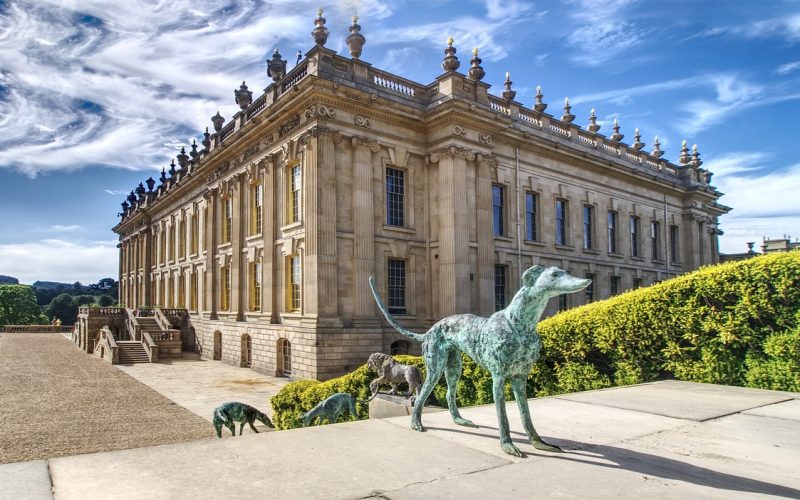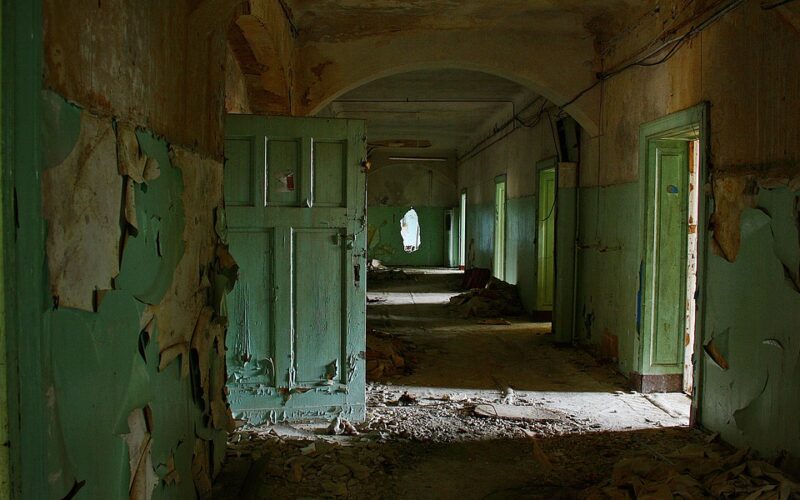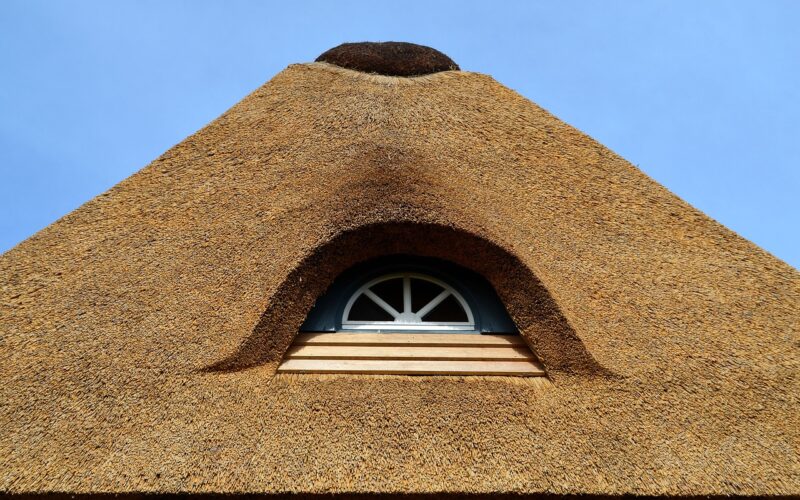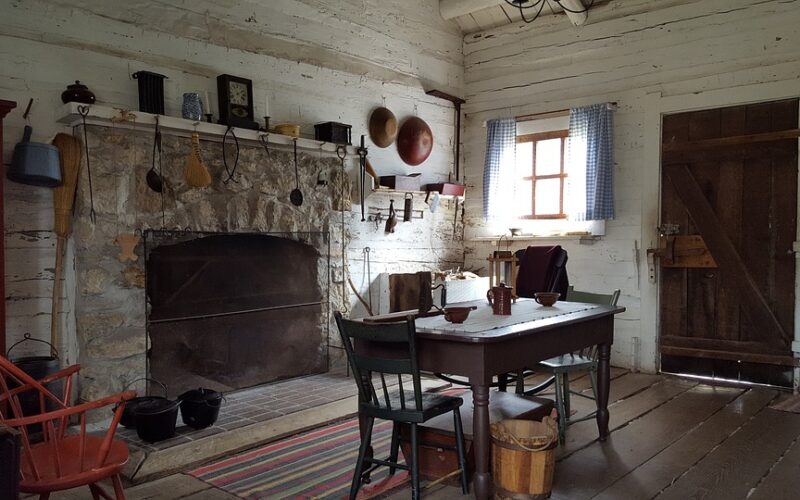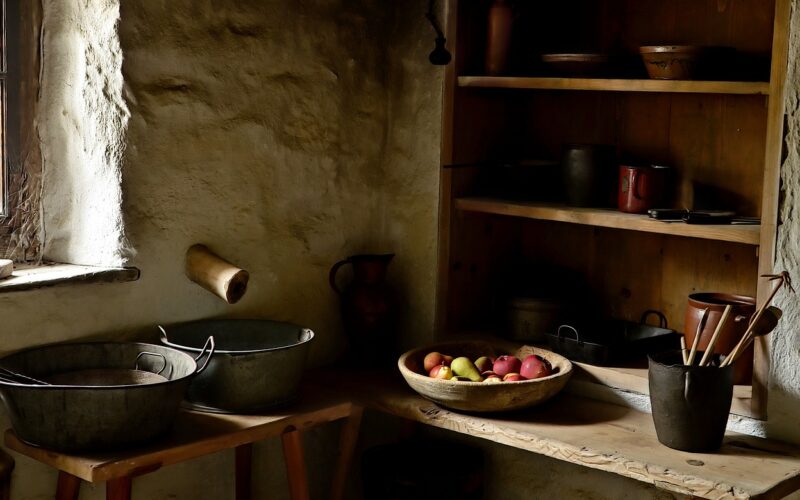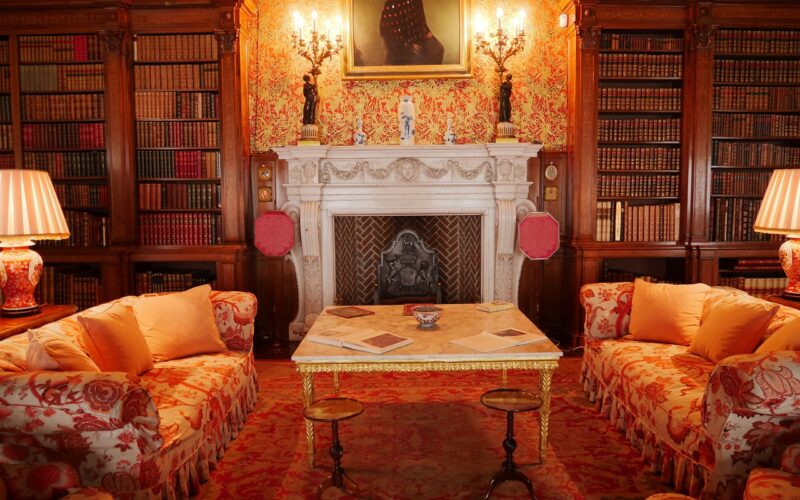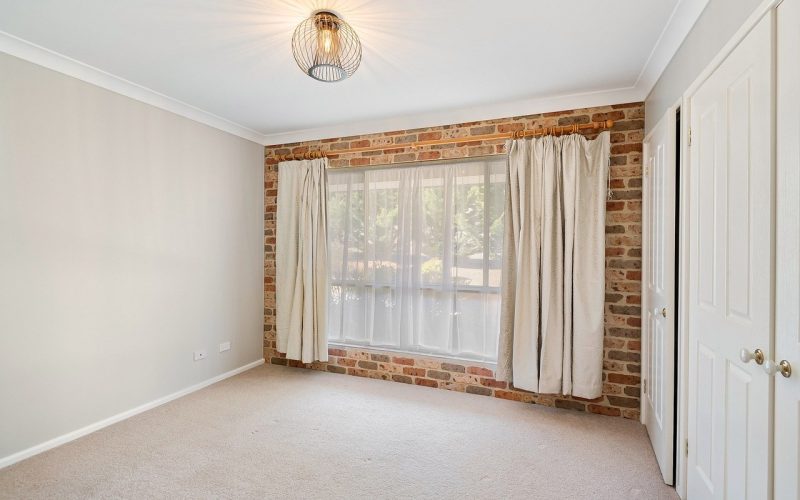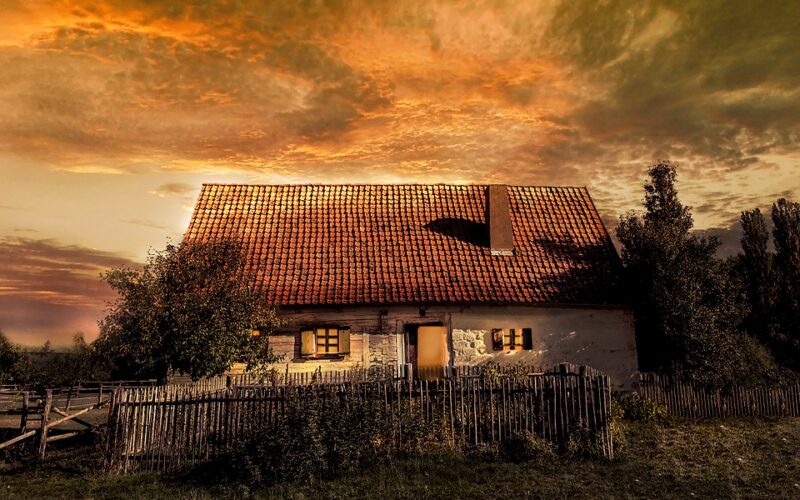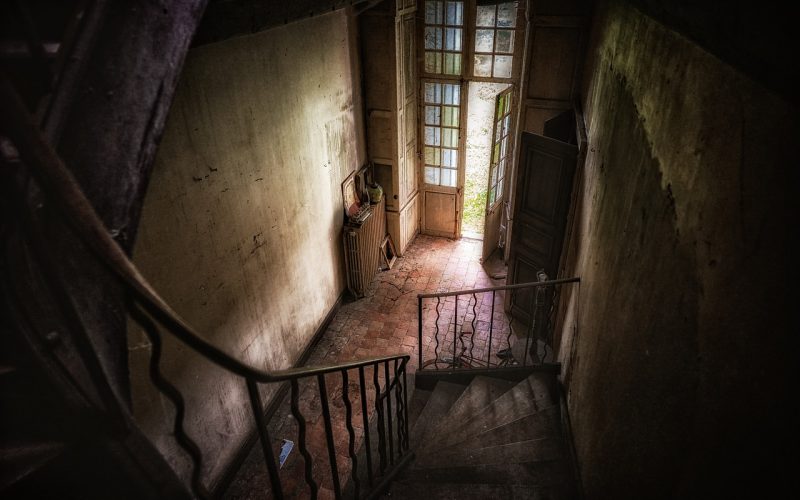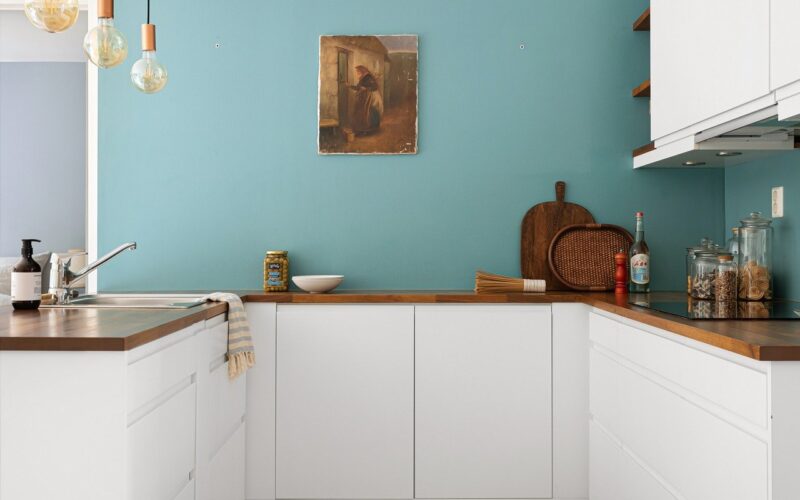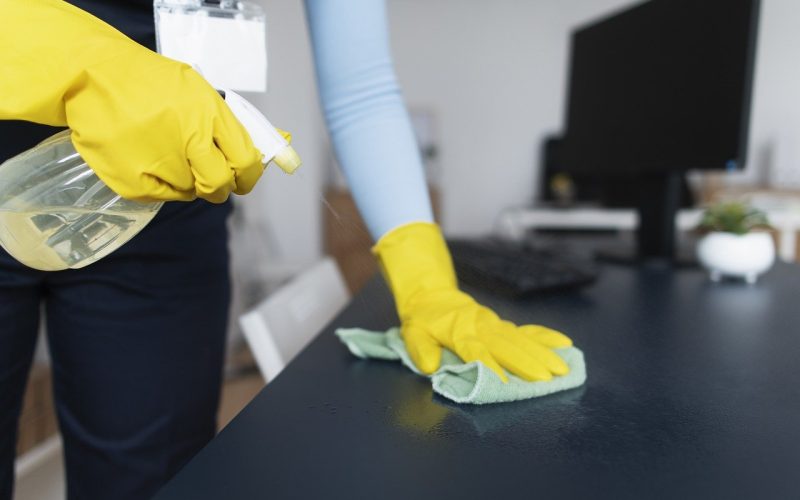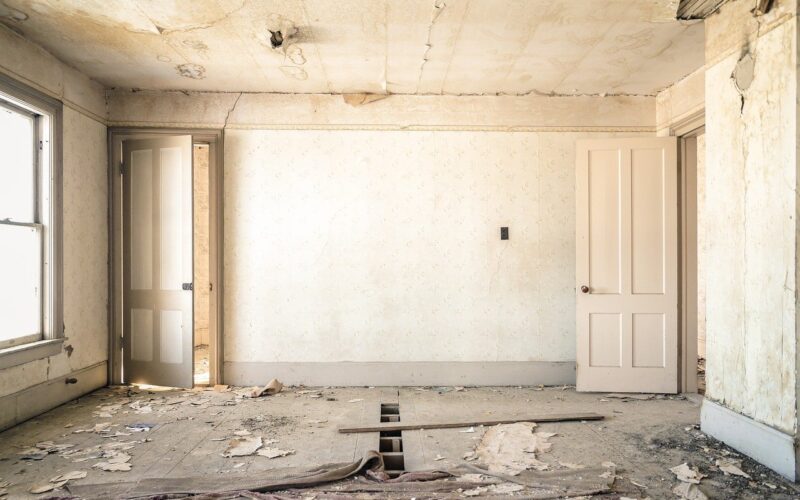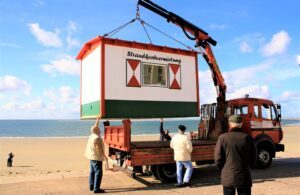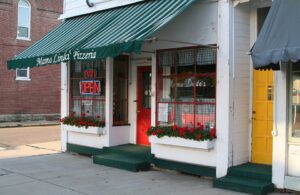Restoring an old stately home is an undertaking steeped in historical significance and architectural grandeur. However, the process is just as complex and challenging as it is rewarding. From rigorous regulations to financial considerations, potential restorers must tread carefully to bring these monumental structures back to life.
The initial financial outlay
One of the first aspects to consider when embarking on the restoration of a stately home is the financial outlay. Purchasing an old stately home might represent just a fraction of the total cost involved. The real expense lies in the restoration work itself. Depending on the scale of the property and the extent of decay, costs can range from hundreds of thousands to several million pounds. Accurate budgeting is crucial, and it's wise to consult with restoration experts to obtain realistic cost estimates.
Understanding the regulatory framework
Regulations play a critical role in the restoration of stately homes, particularly when these buildings are listed. In the UK, listed buildings are protected under the Planning (Listed Buildings and Conservation Areas) Act 1990. This means any alterations or renovations must receive permission from the local planning authority. These regulations are intended to preserve the historical and architectural integrity of the building, ensuring that any modifications are sympathetic to its heritage value.
Securing planning permission
Securing planning permission can be a lengthy process, requiring detailed proposals that outline every aspect of the intended restoration work. It's essential to demonstrate how the renovation will preserve the character of the building while accommodating modern living requirements. Working closely with conservation officers and employing experienced architects familiar with heritage properties can greatly aid in navigating this complex process.
The role of conservation specialists
Conservation specialists are integral to the successful restoration of a stately home. Their expertise is invaluable in identifying original features that should be preserved or restored. From intricate woodwork and stone masonry to period-appropriate decor, these specialists ensure that every detail is attended to with the utmost care. Their involvement can also prove beneficial when applying for grants or funding, as many heritage organisations require evidence of professional conservation efforts.
Exploring funding options
Restoration projects are not solely reliant on personal financing. Various funding options are available for those undertaking the restoration of stately homes. Organisations such as the Heritage Lottery Fund and Historic England offer grants to help cover restoration costs, particularly if the project involves public access or educational initiatives. Additionally, tax relief schemes like VAT relief on building work can alleviate some financial burden, though qualifying for such benefits often requires meeting specific criteria.
The long-term financial implications
While the initial cost and effort of restoring a stately home are considerable, so too are the long-term financial implications. Maintenance is an ongoing necessity, demanding both financial resources and commitment to ensure the property remains in good condition. However, a fully restored stately home can provide several income opportunities, including venue hire for weddings and events, or even as a film location. Such ventures can help offset ongoing costs and contribute to the preservation of the heritage site.
Restoring an old stately home is undeniably a significant investment of time and money, but for those with a passion for history and architecture, it can be profoundly fulfilling. By understanding the costs and regulations involved, and by seeking expert guidance, restorers can breathe new life into these grand old buildings, ensuring they remain part of our cultural heritage for generations to come.
